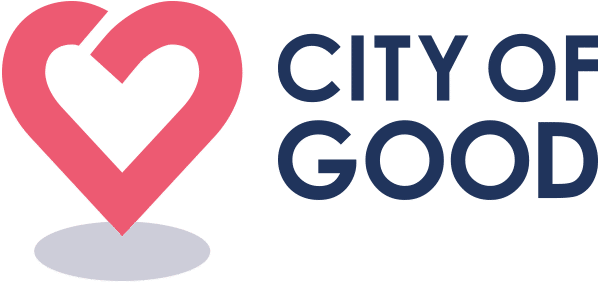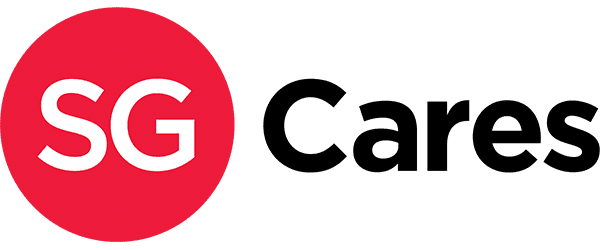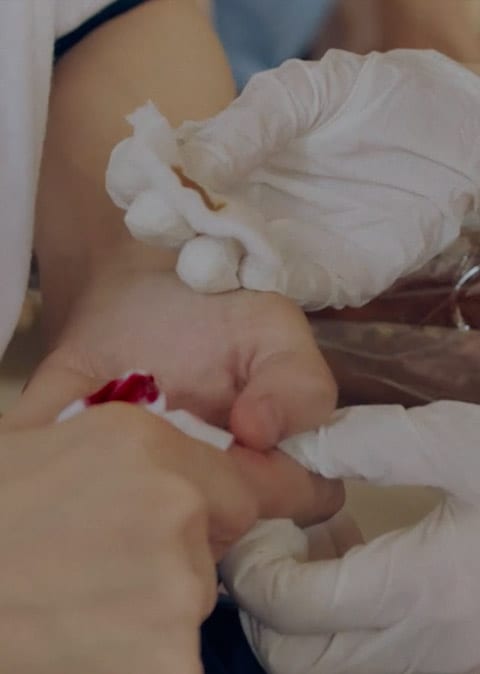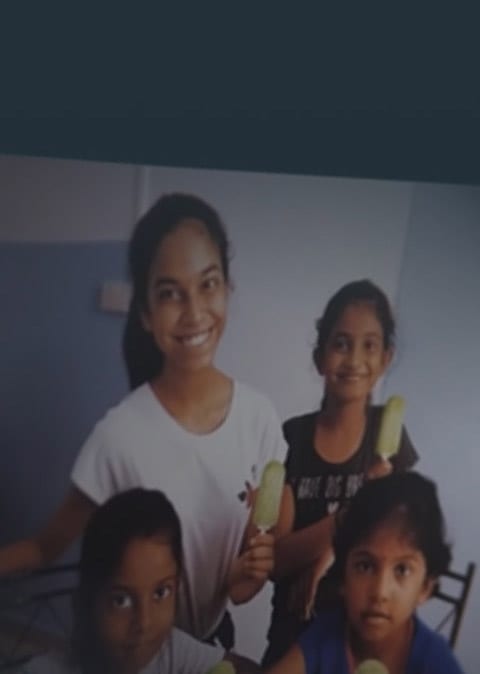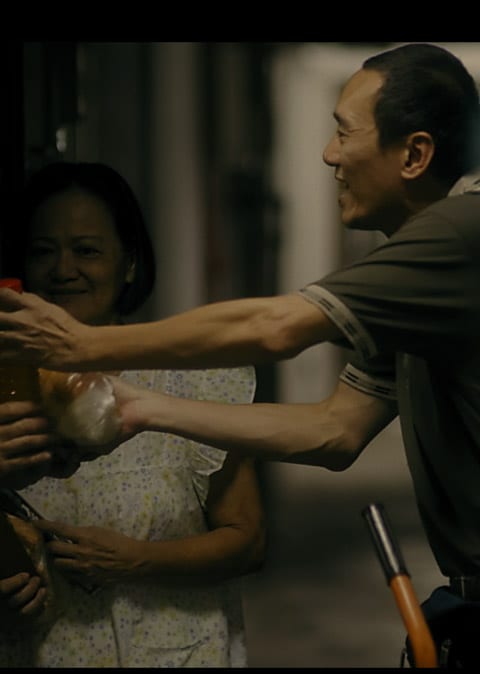On 7 August 2020, the Centre for Non-Profit Leadership (CNPL) organised a webinar titled “Leading Our Teams Successfully”. It featured Yap Poh Kheng, CEO of Care Corner Singapore Ltd, and Tan-Wu Mei Ling, Executive Director of SHINE Children and Youth Services. Moderated by Manojit Sen, this conversation shared insightful reflections and advice about how nonprofit leaders can navigate the disruptions that COVID has brought about. Here, we share compiled 5 key takeaways from the session.

Engage and Empower Your Team
Reflecting on the early days of COVID’s disruption, both Poh Kheng and Mei Ling expressed the need to gather a good sense of the on-the-ground situation including how colleagues are responding to the changes. Giving clear and timely messages to staff is crucial. With limited resources, such as the inexistence of a corporate communications team, SHINE quickly put together a team of senior colleagues to support with internal staff engagement. Similarly, Care Corner put together a cross-functional task force involving representation from the operational team. These teams were instrumental in ensuring that decisions being made were working well on the ground. As the weeks went by, their teams could help address emerging issues such as concerns about working from home, job productivity and job security.
Co-create the Plan
In challenging times, leaders who can build a shared vision and co-create a plan of action are able to get a higher commitment from their employees. Poh Kheng reflected that such efforts may not happen overnight. Instead, they are nurtured through trust and relationship-building over the years. He emphasised that team ownership of decisions was important for success, preferring a fully owned plan as opposed to an ideal plan that is only partially owned by the team. Incorporating the perspectives of team members enable the plans to be implemented better. This is layered with the need to strike a balance of continuing to serve clients while safe distancing without losing sight of the long-term focus, vision, and commitment to stay connected to clients and each other so that everyone can emerge stronger through this crisis.
Communicate Honestly and Sensitively
Clarifying policies, processes, deliverables, performance, expectations, and priorities is necessary in a highly dynamic situation. Leaders need to be aware that not everyone has the same level of conviction for change and the pace of change. Furthermore, having conviction does not translate into the emotional buy-in of others. While people may understand facts and new plans, it does not mean that everyone will be excited and onboard for it. There is the need to engage the hearts beyond the logic of the situation. Creating more touch points and engagement sessions create the space for necessary conversations to be had.
Things that are considered not discussable, needs to be discussed. Mei Ling explained that anything that is not discussed creates tension. It hinders growth, organisation dynamics, and may even bring the team down. Trust is an essential foundation for a successful team. It cannot be taken for granted that everyone is on the same page.
Act with Courage and Conviction
“It is important to realise that we bring our values, convictions and fears into our role as leaders. It is often a source of strength we can tap into,” reflected Poh Kheng. “Our role [as leaders] is about shifting mindsets and pivoting action. We should think about what we can do rather than what we cannot do”
When the Circuit Breaker commenced, Care Corner faced apprehension over what could not be done. Considering to shut their counselling hotline services that were manned by 150 volunteers, they revisited their values and pushed back on that decision. They sought permission to keep their lines open and asked volunteers who were willing to come back. In the end, there were 30-40 volunteers who committed throughout the circuit breaker.
Be Authentic and Work with Others
Feeling overwhelmed from navigating the dynamism of the pandemic, Mei Ling reflected the importance of recognising one’s own strengths and weaknesses then tapping on the strengths of team members to work better as a team. If we can be open about our weaknesses and identify others who complement them, we would be able to yield better results than if we compensate by ourselves.
Navigating COVID-19’s disruptions is not easy, but we hope that these stories and reflections resonate with you and encourage you in your journey! Can you find a way to use these tips in your workplace?
